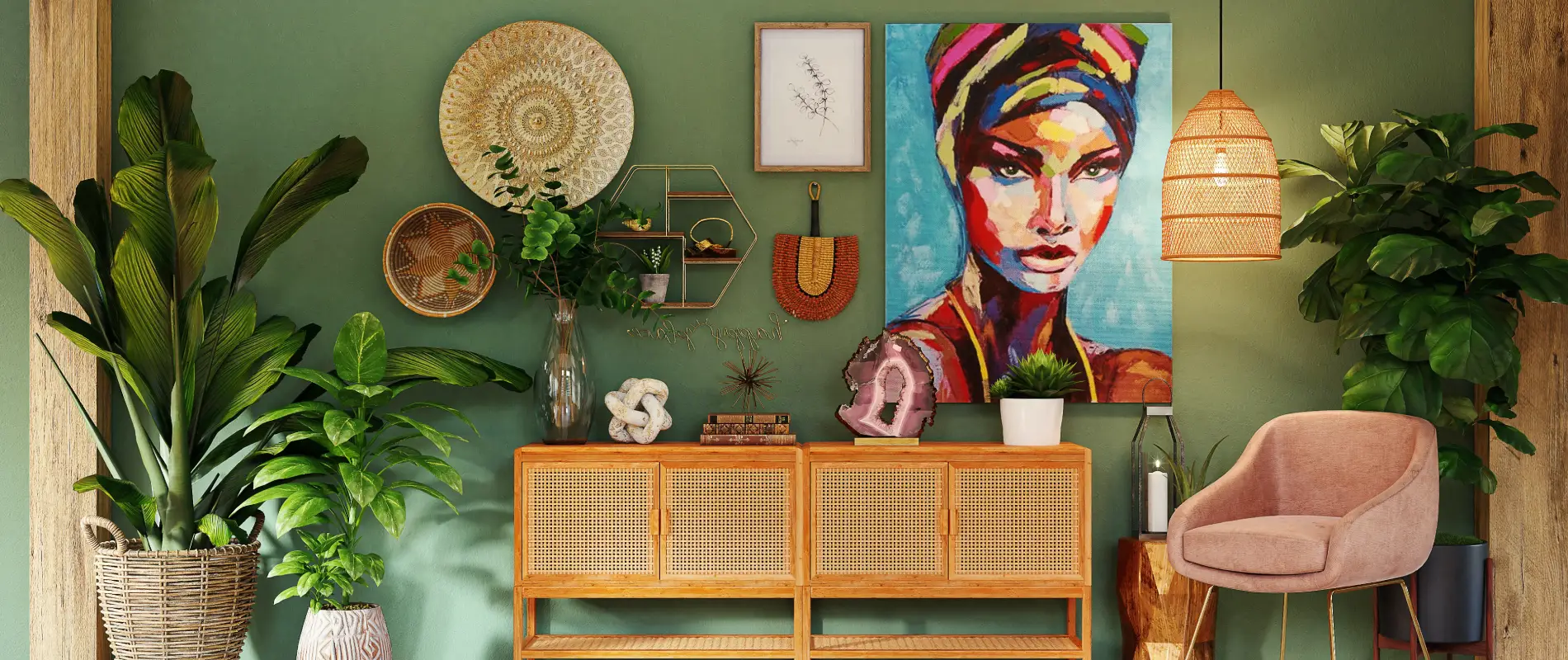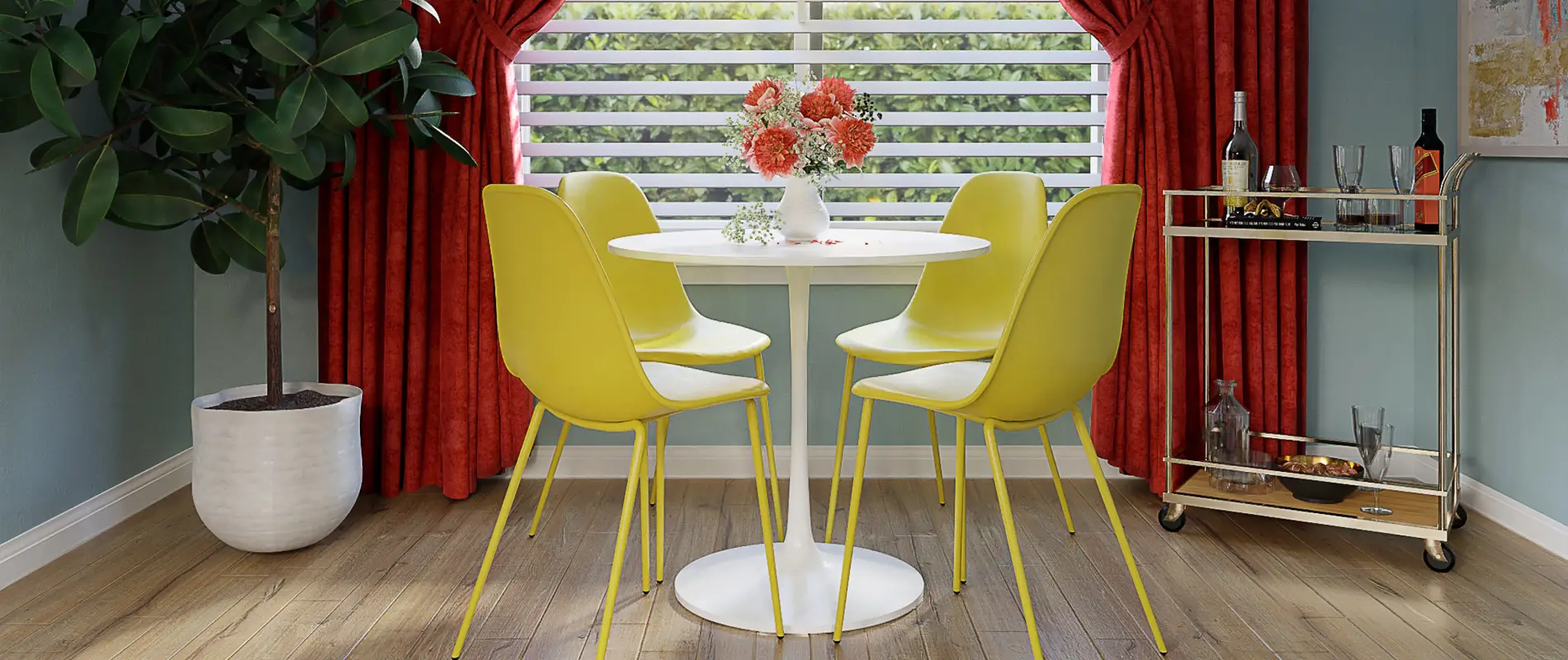Transform your website with a striking footer block design
Elevate your WordPress website with a dynamic footer design that combines style and function effortlessly. This modern and minimalist footer enhances user experience while capturing attention.
Layout overview
The footer showcases a captivating multi-column layout for easy navigation. It comprises two main rows:
- Top row: Features “Work with us” and “Get in touch,” encouraging user engagement.
- Bottom row: Contains categories such as “About,” “Work,” “Stuff,” “Links,” “Other,” and “Play,” organised into six smaller columns for quick access.
With eight distinct sections, it ensures visitors find necessary information swiftly.
Features of the design
- Interactive elements: “See details” prompts entice further exploration.
- Typography: Bold headers and lighter text maintain readability. Larger fonts in the top row draw attention, while smaller links below offer consistency.
- Visual elements: Contrasting colours against a dark background create a striking visual impact without overuse of images.
Unique design highlights
- Contemporary feel: With clear typography, the design is modern and enhances usability.
- Responsive and user-friendly: Adapts across screens for smooth mobile use.
- Accessibility focus: High contrast boosts readability, aiding users with visual impairments.
Overall style and functionality
Minimalist yet user-focused, this footer offers a robust visual hierarchy. Well-spaced sections prevent clutter, enhancing balance and aesthetics.
Why choose this footer block design?
This footer isn’t just visually appealing. It boosts navigation and accessibility, turning it into a standout feature of your WordPress website design. Seize the opportunity to make your website’s footer not only great-looking but also user-serving.
10 use cases for the footer
1. Enhance brand communication
Use the footer to foster stronger brand communication by adding your company’s mission statement or tagline. It’s a small addition that keeps visitors connected to your brand ethos. Supplement this with Gutenberg blocks that facilitate an updated, branded presence. This space can also host small graphics or icons, reinforcing brand identity and ensuring that every element resonates with who you are and what you stand for.
2. Integrated social media links
Incorporate your social media icons for seamless navigation, linking directly to your platforms through the footer. This allows visitors to easily transition into interacting with your brand beyond the site. Use WordPress footer widgets to embed these in a neat and organised way. A well-designed web footer template, with functioning and visible social media links, encourages ongoing user engagement and connection across multiple channels.
3. Contact and support access
Implement easily accessible contact information, including phone numbers, emails, or a direct link to a support page. This ensures visitors can reach out without hassle. The responsive WordPress design adapts contact elements seamlessly across devices, enhancing user accessibility and satisfaction.
4. Showcase customer testimonials
Feature a snippet of customer testimonials in the footer as a quick confidence booster for new visitors. By providing social proof, users are more likely to trust and engage with your business. These snippets, when formatted effectively with WordPress navigation menus, can improve both engagement and credibility.
5. Highlight popular blog posts
Add links to your most popular blog posts in the footer. This keeps valuable information within easy reach, inviting users to explore more content while enriching their visit. Linking to articles relevant to WordPress blog ideas encourages readers to dive deeper, improving dwell time and SEO metrics.
6. Legal disclaimers and terms
Your footer is an ideal location for including links to privacy policies, disclaimers, and terms. Such transparency instills trust and ensures legal compliance. Visitors appreciate candour, feeling secure in their interactions, knowing their engagement adheres to clear guidelines aligned to open-source policy standards.
7. Navigate through main product categories
Using the footer to list main product categories aids in keeping navigation intuitive and uncluttered. Use appropriately linked keywords, like free WordPress themes, to direct users efficiently to different sections of your website.
8. Promote events or offers
The footer can serve as a promotional space for upcoming events or special offers. A strategic approach to web footer templates could ensure such offers are eye-catching yet seamless, drawing users to interact and engage more with limited-time deals or events that enhance user experience and relationship with your brand.
9. Enhance searchability
Incorporate a mini search box within the footer for added convenience. It allows visitors to search the site anytime, ensuring ease of access and improving user satisfaction. Utilize WordPress icons to streamline the search experience, making it both functional and visually coherent.
10. Encourage further exploration
Including site map links or “explore more” sections boosts comprehensive navigation, encouraging users to uncover various site facets. The footer becomes a pivotal tool in increasing interaction, offering users a roadmap to unexplored site areas. This is particularly effective when combined with free WordPress templates that facilitate streamlined yet engaging site exploration.
5 ways to use the footer
1. Feature a subscription form
Add a newsletter subscription form in the footer to capture users interested in updates. A subtly integrated form encourages signups without disrupting the browsing experience. Aligning subscription offers with the minimalist web footer template maintains the footer layout’s aesthetic integrity.
2. Serve as a navigation hub
Use the footer as a navigational anchor point, directing users towards different site sections efficiently. Coupling this with thoughtfully linked keywords such as AI Website Builder aids users in discovering content silhouettes by convenience.
3. Utilise for brand story snippets
Include a short brand history or story snippet in the footer. Visitors appreciate learning about company origins or missions briefly without being overwhelmed. A well-written and succinct story enhances connection and personalisation efforts with users.
4. Place awards and recognition
Spotlight awards or recognitions garnered by the company. This builds trust and adds value without taking away from the footer’s primary function. Use digital badges neatly aligned to ensure the footer remains an elegant but informational space that highlights the brand’s credibility.
5. Host relevant media mentions
Link to articles or media mentions featuring your business. Placing these in the footer supports reputation building. Strategically choosing snippets related to open-source website builders or similar innovations can subtly reinforce your position as an industry leader.
Frequently asked questions
What is a footer on a website?
The footer is the bottom of a website, housing essential information, links, and sometimes contact details. It’s a strategic element for navigation and communication.
What is the size of a website footer?
The size can vary based on design needs but typically remains concise, balancing content and aesthetics while remaining scalable on all devices.
What is the bottom of a website called?
The bottom part of a website is referred to as the “footer.” It traditionally includes navigation links, contact information, and additional site-specific details.
How do I add a footer to my website?
To add a footer, utilise WordPress themes or builders like Elementor Alternatives. These tools simplify the process without necessitating coding knowledge.
What elements should be included in a website footer?
A good website footer includes contact info, social media links, quick navigation, legal terms, and sometimes a subscription form. Balance is key to avoiding clutter.
How can I make my website footer responsive?
Leverage responsive design techniques to ensure your footer adapts to various screen sizes. WordPress automatically adjusts footers made with compatible themes for optimal viewing.
What are some best practices for footer design?
Keep it simple, consistent, and engaging. Ensure all links are functional; high contrast for readability is vital. Use clean typography and sufficient white space for aesthetics.
How can I customise my WordPress footer without coding?
Use the WordPress Customizer tool or compatible themes. Drag-and-drop features and builders facilitate customisation and modifications without needing technical expertise.



